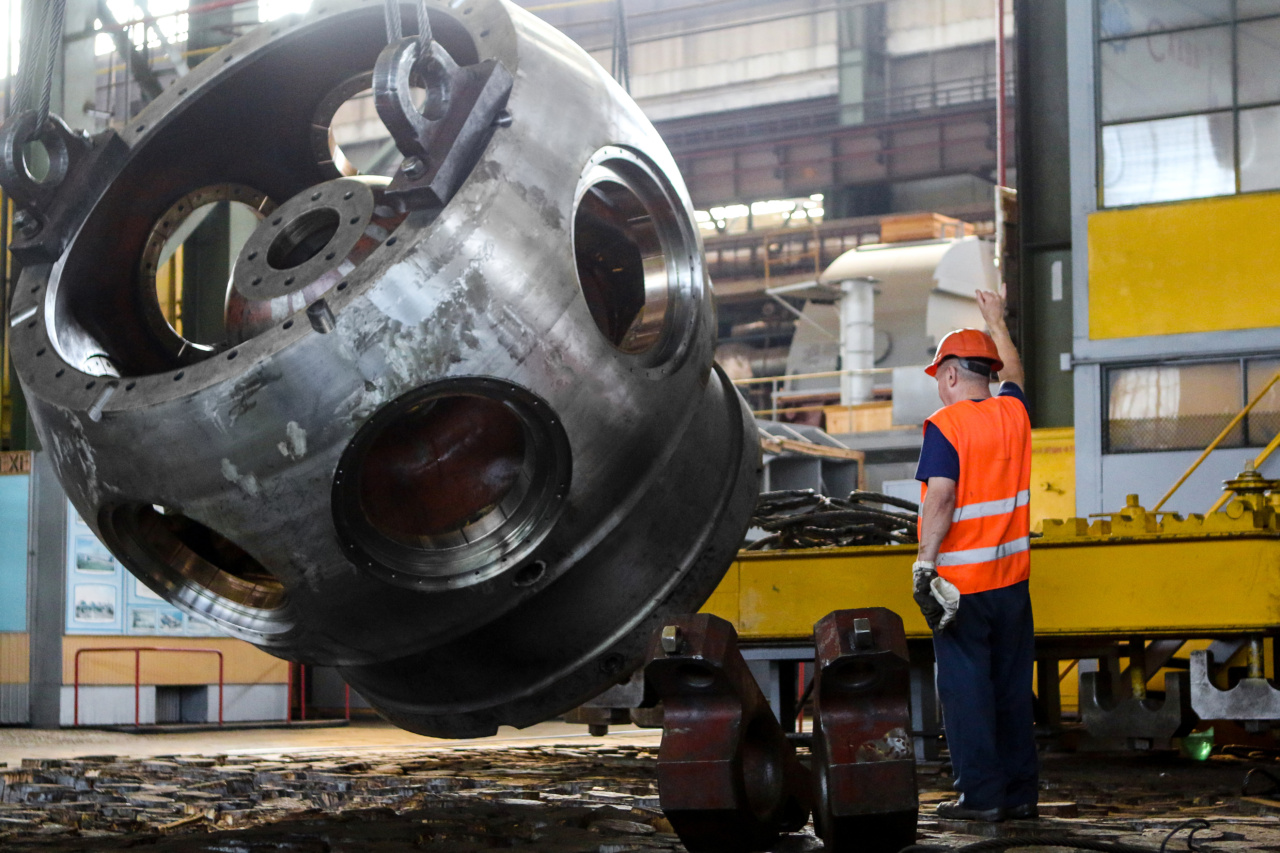Meniscus tears are a common knee injury that can cause severe pain and limit mobility. Traditional treatment options such as physical therapy, medication, or surgery are often only effective in relieving symptoms temporarily.
However, advancements in regenerative medicine have paved the way for a more promising alternative – the use of autologous stem cells for meniscus repair.
Understanding the Meniscus
The meniscus is a C-shaped piece of cartilage located in the knee joint. It acts as a shock absorber, providing cushioning and stability while facilitating smooth movement.
Over time, repetitive stress, degenerative conditions, or sudden traumatic injury can cause tears in the meniscus, leading to pain, stiffness, and functional difficulties.
The Limitations of Traditional Treatments
Traditional treatments for meniscus tears often focus on managing pain and improving function temporarily. Physical therapy aims to strengthen the muscles around the knee to provide more support.
Pain medications may be prescribed to alleviate discomfort, while surgery is sometimes necessary for more severe cases. However, these approaches do not address the underlying cause of the injury or stimulate true healing of the meniscus.
The Promise of Autologous Stem Cells
Autologous stem cells, also known as adult stem cells, are derived from the patient’s own body. These cells have the remarkable ability to differentiate into various cell types, including cartilage cells.
When introduced into the site of a meniscus tear, autologous stem cells can promote tissue regeneration and repair.
The Procedure
The process of autologous stem cell therapy begins with the extraction of stem cells from the patient’s own body. The most common source of these cells is the bone marrow or adipose (fat) tissue.
Once harvested, the stem cells are then concentrated through a specialized centrifuge process.
After extraction and concentration, the autologous stem cells are precisely injected into the site of the meniscus tear. This targeted delivery ensures that the cells are directly placed where they are needed for repair.
The injected stem cells then stimulate the body’s natural healing response, promoting the growth of new cartilage tissue.
Advantages of Autologous Stem Cells for Meniscus Repair
1. Natural Healing: Autologous stem cell therapy harnesses the body’s own regenerative potential, promoting natural healing instead of just symptom relief.
2. Minimally Invasive: The procedure is minimally invasive, employing injections instead of open surgery, minimizing recovery time and reducing the risk of complications.
3. Decreased Inflammation: Autologous stem cells have been shown to reduce inflammation in the knee joint, alleviating pain and improving mobility.
4. Long-Term Benefits: By promoting tissue regeneration and repair, autologous stem cell therapy can provide long-term relief and potentially delay or even eliminate the need for surgical intervention.
Clinical Evidence
Several studies have demonstrated the efficacy of autologous stem cell therapy for meniscus repair.
In a randomized controlled trial published in the American Journal of Sports Medicine, patients treated with autologous stem cells reported significant improvements in pain, function, and quality of life compared to control groups.
Another study conducted at Stanford University School of Medicine found that patients treated with autologous stem cells showed a significant decrease in pain and improvement in meniscus healing compared to those who received placebo injections.
Considerations and Limitations
While autologous stem cell therapy holds great promise for meniscus repair, it is essential to acknowledge its limitations and consider individual circumstances.
The therapy may not be suitable for all patients, particularly those with extensive meniscus damage or underlying health conditions.
Conclusion
Autologous stem cell therapy offers a revolutionary approach to meniscus repair by stimulating the body’s natural healing mechanisms.
This minimally invasive procedure holds great promise in providing long-lasting relief and potentially reducing the need for more invasive surgical interventions. As research continues to advance, autologous stem cell therapy may become a standard treatment option for meniscus tears, improving outcomes and quality of life for countless individuals.




























